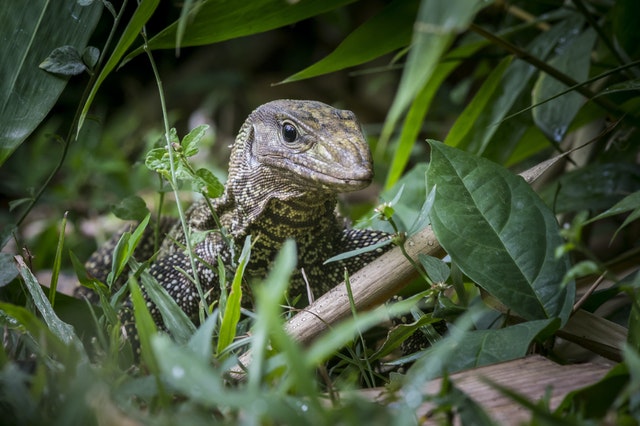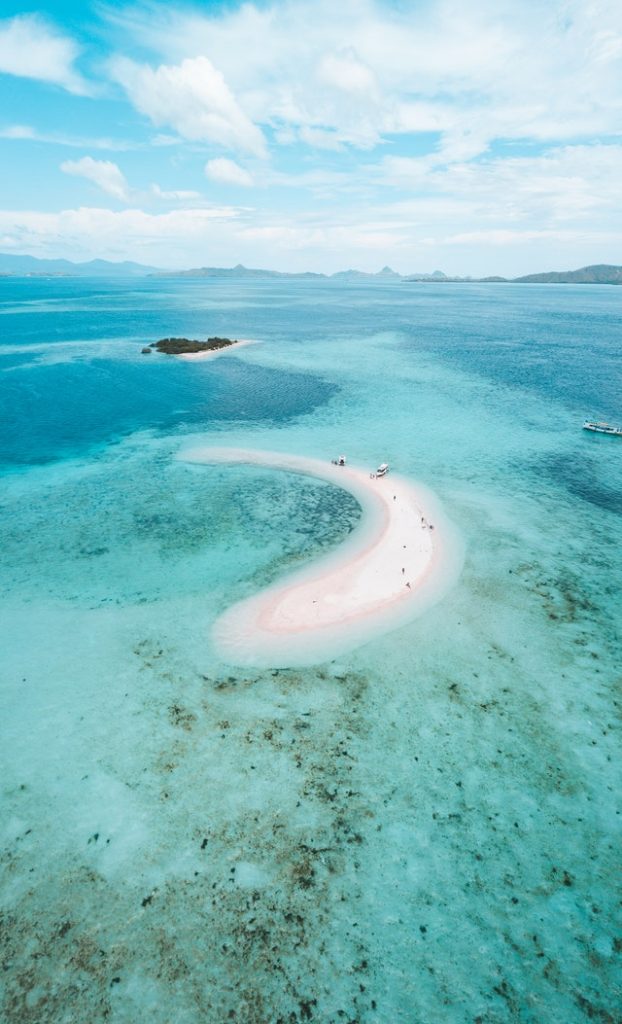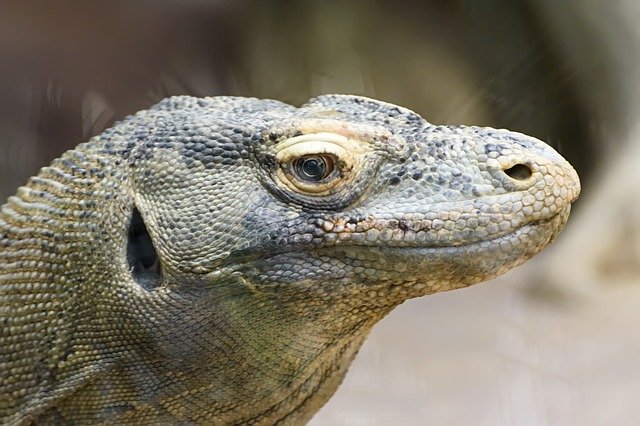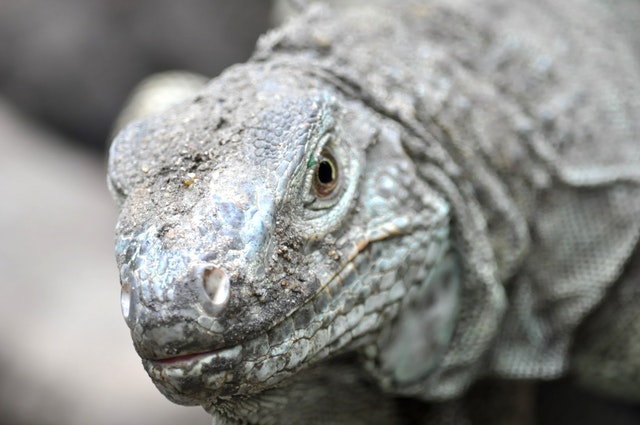WILDLIFE
FEBRUARY 28, 2021
meet The modern day dragon from Indonesia

Dragon is not just a myth. In real life you can meet that dragon, by the name Komodo. This animal is the largest lizard in the world and you can only find it in Indonesia.
From Encyclopedia Britannica (2015) Komodo has scientific name Varanus Komodoensis lives in Komodo island, Rinca, Flores, Gili Motang and Gili Dasami, Nusa Tenggara Timur (NTT) or East Nusa Tenggara province. Komodo is part of Varanidea and Klad Toxicofera. It could grows up to 3 meter (10 feet) length and weight about 135 kg. Komodo is a strong, aggressive and deadly hunter.
However, like most other reptiles this dragon is a good swimmer despite the big body. Able to swim for hours and quite often swim from island to island in search for food. And they can run quite fast, up to 20 kilometer/hour when sprinting. The average speed for human sprints is 24 kilometer/hour, so just run as fast as you can if you encounter a hungry Komodo looking for a meal.
Komodo is a carnivore and eats goat, deer, ox, pig and other kind of animals. Locals call this giant lizard Ora based on the Tale of the Komodo Dragon Princess from local story legend. Komodo island surface area covers about 390 square km. The island was first discovered during Dutch Colonial Administration in the early 1910s from stories of Dutch sailors based in Flores.
In 1912 reports from scientific research of Komodo was first published. In 1915 the Dutch government issued a regulation to protect the lizards on Komodo island. Since then various expeditions from countries have visited the island and gathered more information of the dragon.
Komodo usually prefers hot and dry places like savanna, bushes and tropical forest with climate temperature around 35 Celsius or 95 Fahrenheit. They dig 3 meters holes using their forelimbs, the holes are places for sleeping at night in order to keep their body temperature stay warm and comfort. Female Komodo dragons put their eggs in the hole in the ground after they dig it and cover the eggs with leaves and sand.
In terms of reproduction, female Komodo can reproduce without having sex. In 2006 a group of researchers in London, United Kingdom, confirmed that the female ones can reproduce asexually with a process called parthenogenesis. That was the first evidence observed in Komodo dragons. Once a Komodo reach their adulthood the dragon usually have a lifespan about 50 years.
This animal has very strong sense of smelling through a different sensory system than that found on a human. They could smell the scent of flesh or blood from 4-8 Kilometer by picking up microscopic taste particles on the air using their forked tongues. Then they taste those particles using an organ called Jacobson’s Organ on the roof of its mouth.
Some tourist guides at The Komodo Island National Park explain, for female tourists that on their period usually are advised not to coming along on tour for their safety because the lizard would smell their blood and hunt them down.
Komodo dragons were first documented by Westerners people in 1910 from early story of a dragon-like creature existing around the region

The Komodo dragon sometimes known as the Komodo monitor in scientific literature. At a glance Komodo looks toothless but actually it has 60 sharp teeth, each with 2,5 cm in length. The beast can eat food as much as 80% of their own weight and can survive by just having one meal a month because of their fairly slow metabolism.
The International Union for Conservation of Nature (IUCN) classifies the giant lizard as a vulnerable species and put it on the IUCN Red List. It is due of their sensitivity to natural and human threats.
Since 1990’s, Indonesian government has established a protection status for the dragon through National Decree (UU) no. 5 tahun 1990 and Peraturan Pemerintah no 7 tahun 1999. For international wildlife trade, commercial trading of live speciments or any parts, dead or alive is prohibited as Komodo is listed to Appendix I CITES.
Recent study from Queensland suggests the Komodo dragon evolved in Australia, before spreading to Indonesia. This was backed by a recent study that during the Miocene they had hybridized with the ancestors of the Australian sand monitor.
In diplomatic scene, Indonesian government was once gave a male Komodo to the then-President of United states, George H W Bush as a gift. His name was Naga (which means Dragon in English) and Bush Sr. decided to donate the giant lizard to Cincinnati Zoo. The dragon lived until the age of 24 and had over 32 little baby Komodo dragons. He was one of top attractions in Cincinnati Zoo, drawing about a million visitors a year.
Related post

